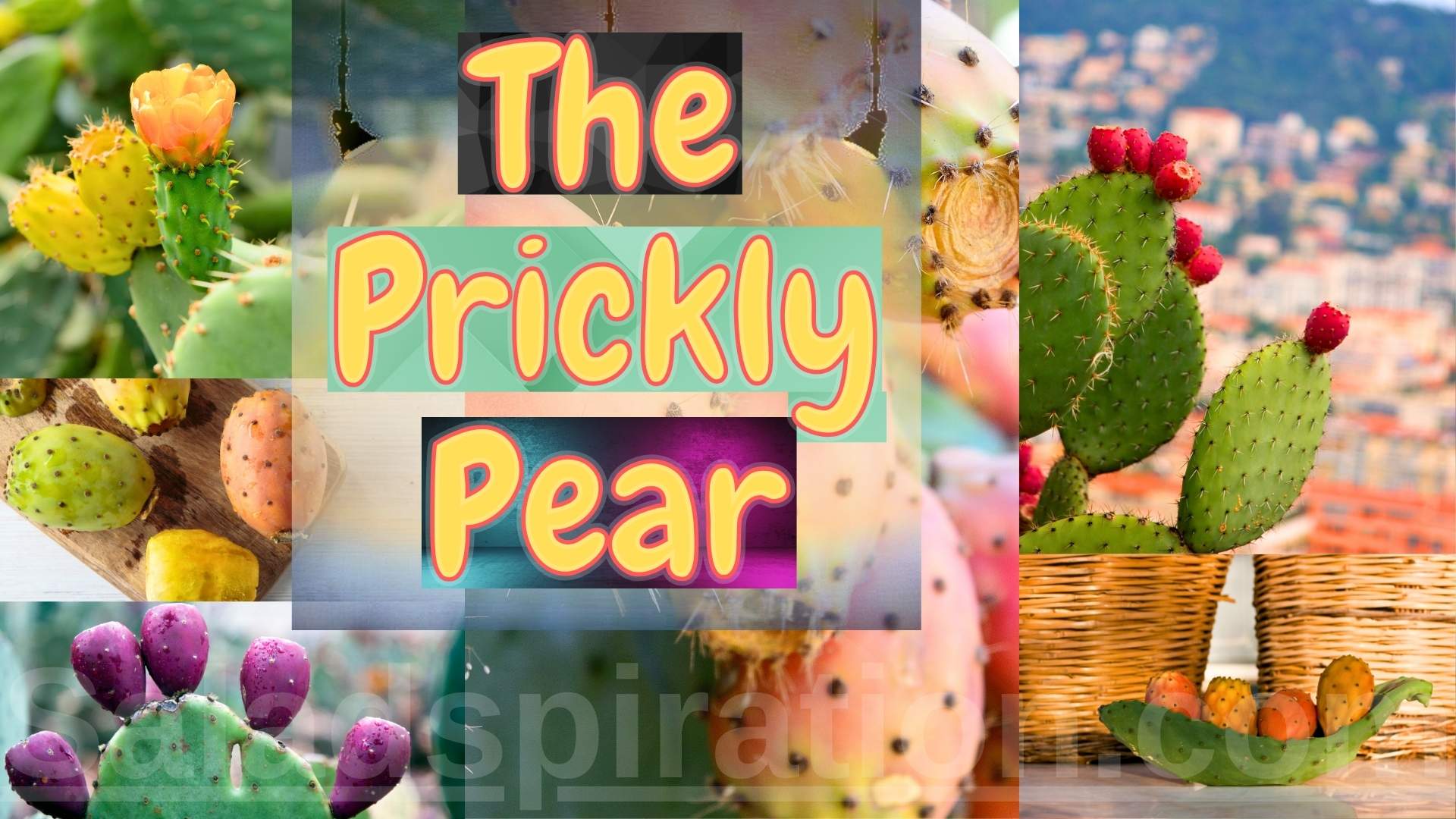The prickly pear cactus, with its distinctive paddle-like pads and vibrant fruit, is an iconic symbol of the arid landscapes it calls home. But this hardy plant is far more than just a pretty face in a harsh environment. Prickly pear, also known as nopal cactus or Opuntia, offers a surprising array of uses, from culinary delights to medicinal remedies, and its resilience makes it a sustainable and versatile resource. Let’s delve into the fascinating world of the prickly pear, exploring its history, versatility, and the multitude of benefits it holds.
–

–
A History Rooted in Survival
–
The story of the prickly pear is deeply intertwined with human civilization, particularly in the Americas. Archaeological evidence suggests that various indigenous cultures have cultivated and consumed prickly pear for millennia. From the arid deserts of the southwestern United States and Mexico to the Andean highlands of South America, this remarkable plant has provided sustenance and healing for countless generations.
–
The Aztecs, for instance, held the prickly pear in high regard, believing it to be a gift from the gods. They used virtually every part of the plant – the pads (nopales) were consumed as a vegetable, the fruit was enjoyed fresh and dried, and the spines were even used as needles. The prickly pear even found its way into Aztec mythology, with the founding of their capital city, Tenochtitlan, said to be divinely inspired by an eagle perched atop a prickly pear cactus devouring a serpent.
–
Culinary Versatility: From Pad to Fruit
–
The prickly pear cactus boasts an unusual culinary versatility, offering both savory and sweet possibilities.
–
-
Nopalitos: The young, tender pads, known as nopalitos, are a staple in Mexican cuisine. Their mild, slightly tart flavor reminiscent of green beans makes them incredibly versatile. Nopalitos can be grilled, sautéed, added to salads, or incorporated into stews and soups. They are also a good source of fiber, vitamins, and minerals.
-
Prickly Pear Fruit: The jewel-toned fruit of the prickly pear, also known as cactus pear or tuna, ranges in color from vibrant magenta to sunny yellow. It boasts a sweet, slightly tart flavor reminiscent of watermelon and berries. The fruit can be enjoyed fresh, juiced, made into jams and jellies, or used to create refreshing drinks and desserts.
–
Beyond the Plate: Medicinal and Other Uses
–
Beyond its culinary appeal, the prickly pear cactus has a long history of use in traditional medicine. Various parts of the plant are believed to possess medicinal properties:
–
-
Blood Sugar Regulation: Studies suggest that prickly pear extract may help regulate blood sugar levels, making it a potential aid for managing type 2 diabetes.
-
Cholesterol Management: Research indicates that prickly pear fiber can help lower LDL (“bad”) cholesterol levels, contributing to improved heart health.
-
Anti-Inflammatory Properties: The prickly pear contains compounds with anti-inflammatory properties, which may help reduce inflammation throughout the body.
-
Wound Healing: Traditionally, the pads of the prickly pear have been used topically to help heal burns and wounds.
–
Beyond food and medicine, the prickly pear has proven itself surprisingly versatile:
–
-
Natural Dye: The vibrant pigments found in the prickly pear fruit have been used for centuries to create natural dyes for textiles and food.
-
Livestock Feed: In arid regions, the prickly pear pads serve as a valuable source of water and nutrition for livestock.
-
Erosion Control: The prickly pear’s extensive root system helps stabilize soil and prevent erosion, making it a valuable asset in combating desertification.
–
A Global Culinary Journey
–
While deeply rooted in the Americas, the prickly pear has transcended geographical boundaries, gaining popularity in various cuisines around the world:
–
-
Mexico: Prickly pear remains a staple in Mexican cuisine, with nopalitos and tuna appearing in countless dishes.
-
Mediterranean Region: From Morocco to Italy, prickly pear fruit is enjoyed fresh, made into jams, and even used to produce a sweet liqueur.
-
Middle East: In parts of the Middle East, prickly pear cactus pads are incorporated into stews and salads, while the fruit is a popular snack.
-
India: Prickly pear, known as “nagaphal” in India, is often used to create refreshing drinks and desserts.
–
A Recipe to Tantalize: Prickly Pear Salad with Jicama and Citrus Vinaigrette
–
This refreshing salad showcases the unique texture and flavor of prickly pear fruit.
–
Ingredients:
–
-
1 cup peeled and diced prickly pear fruit
-
1 cup diced jicama
-
1/2 cup chopped cilantro
-
1/4 cup lime juice
-
2 tablespoons orange juice
-
1 tablespoon olive oil
-
Salt and pepper to taste
–
Instructions:
–
-
Combine prickly pear, jicama, and cilantro in a bowl.
-
Whisk together lime juice, orange juice, and olive oil. Season with salt and pepper.
-
Pour dressing over salad and toss gently to combine.
-
Serve immediately or chill for later.
–
A Sustainable Future
–
As we look towards a future impacted by climate change, the prickly pear stands out as a beacon of sustainability. Its ability to thrive in arid and semi-arid regions, coupled with its minimal water requirements, makes it a valuable crop for a changing world. The prickly pear’s versatility also extends beyond food and medicine – it shows promise as a potential source of biofuel and animal feed, further solidifying its place as a truly sustainable resource.
–
The prickly pear cactus, in all its prickly glory, is a testament to the ingenuity of nature and the enduring bond between plants and people. From its ancient roots in indigenous cultures to its modern-day culinary and medicinal applications, this remarkable cactus continues to captivate and inspire. So, the next time you encounter a prickly pear, take a moment to appreciate its unique beauty and the multitude of gifts it offers – it’s a plant with a story to tell and a future full of potential.
–
#thepricklypear #saladspiration #saladinspiration
–









